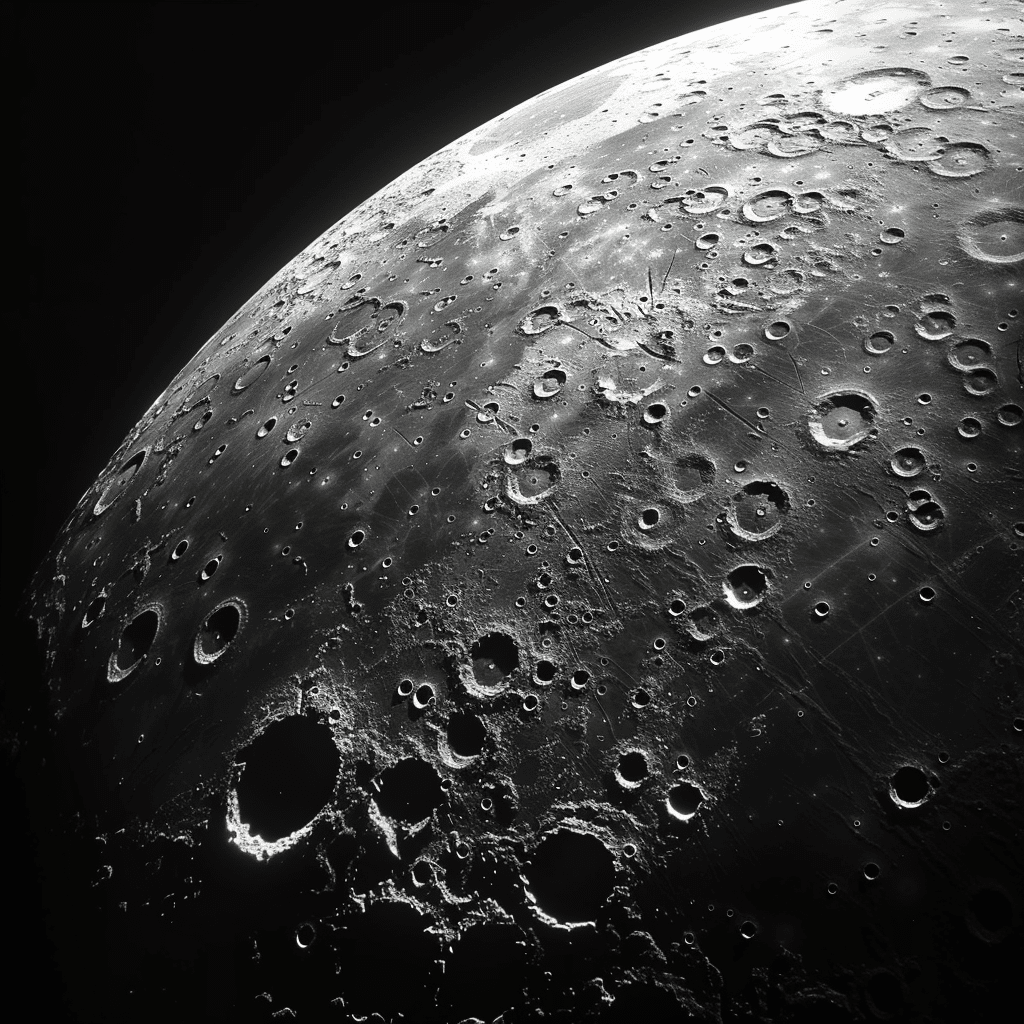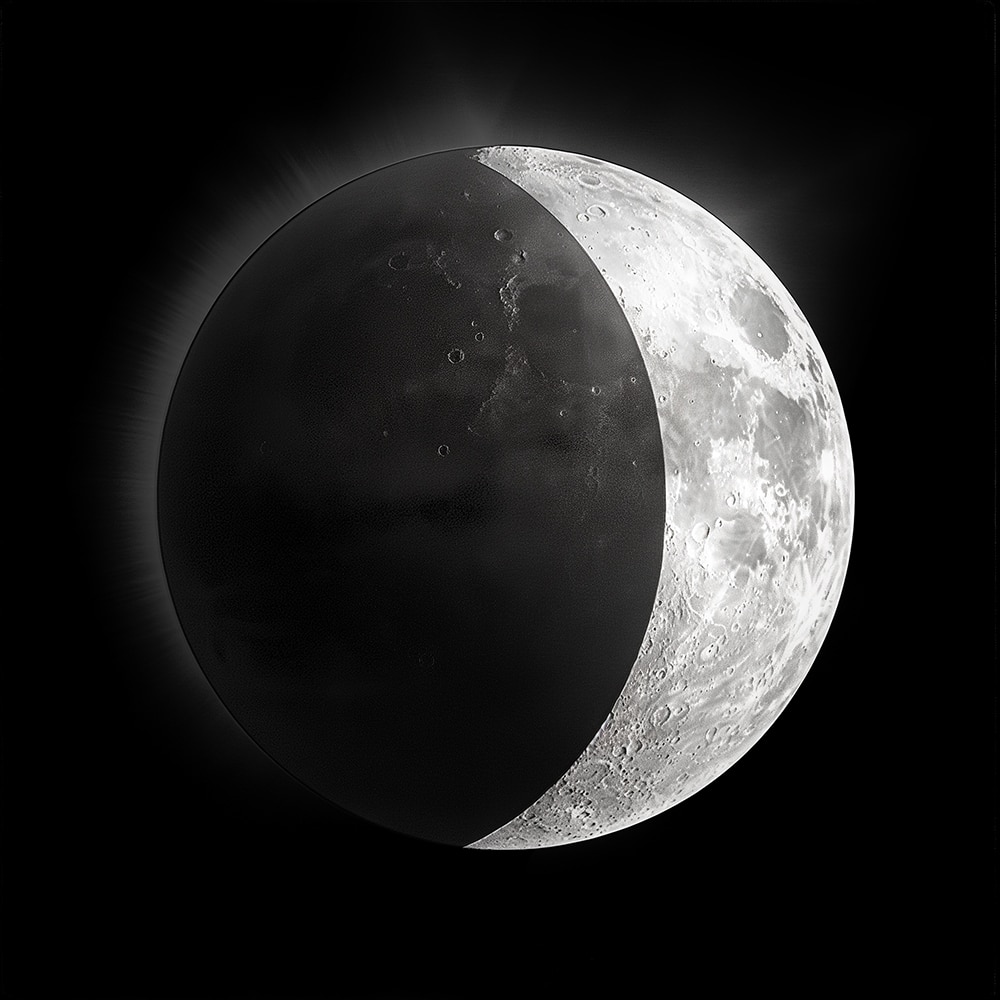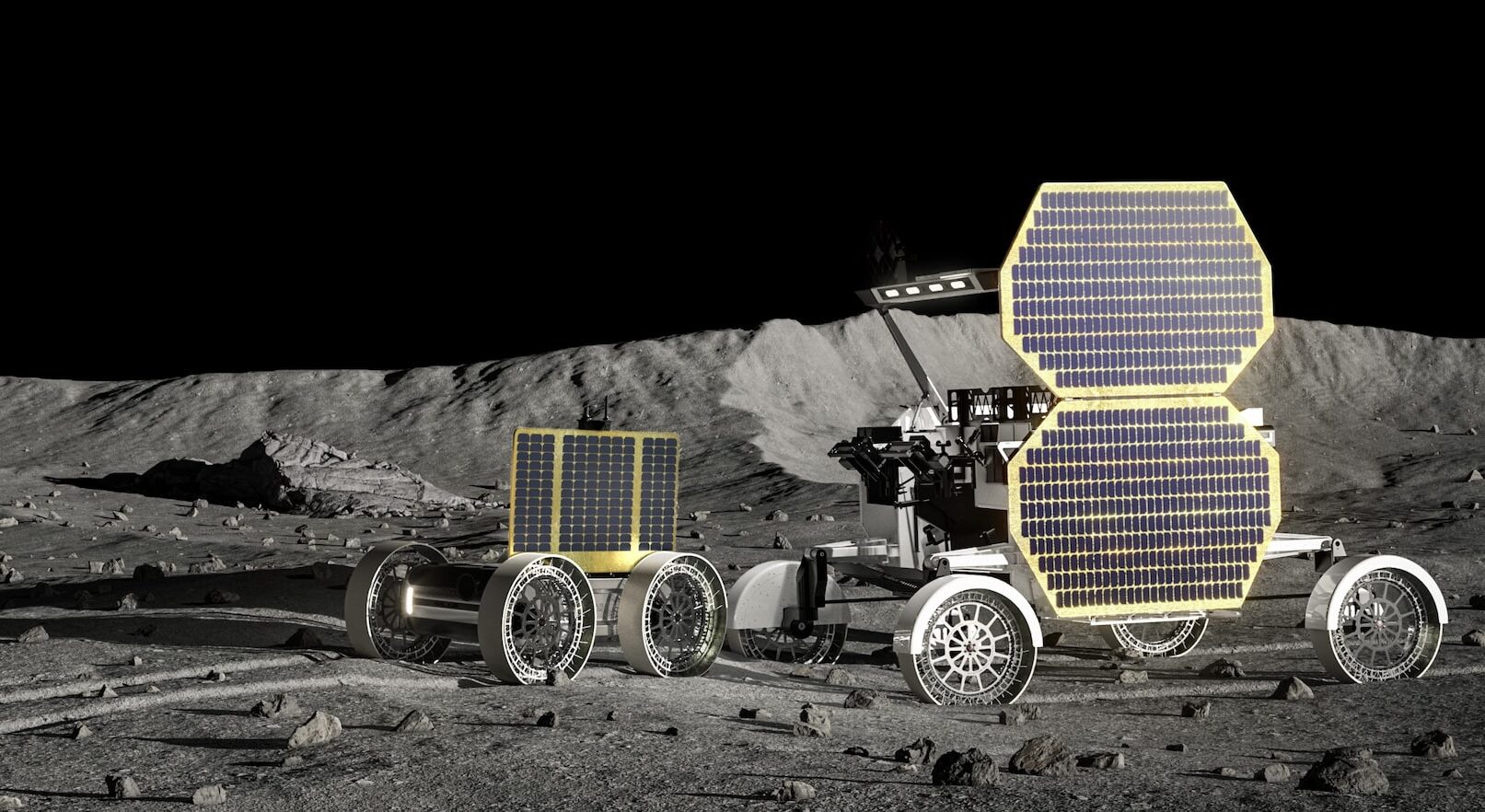EXPLORING
THE LUNAR
SOUTH POLE
Ice hidden deep in the craters, exceptional levels of sunlight, rare-earth… The Moon’s South Pole is a land of opportunity.
Why are we going back to the Moon?
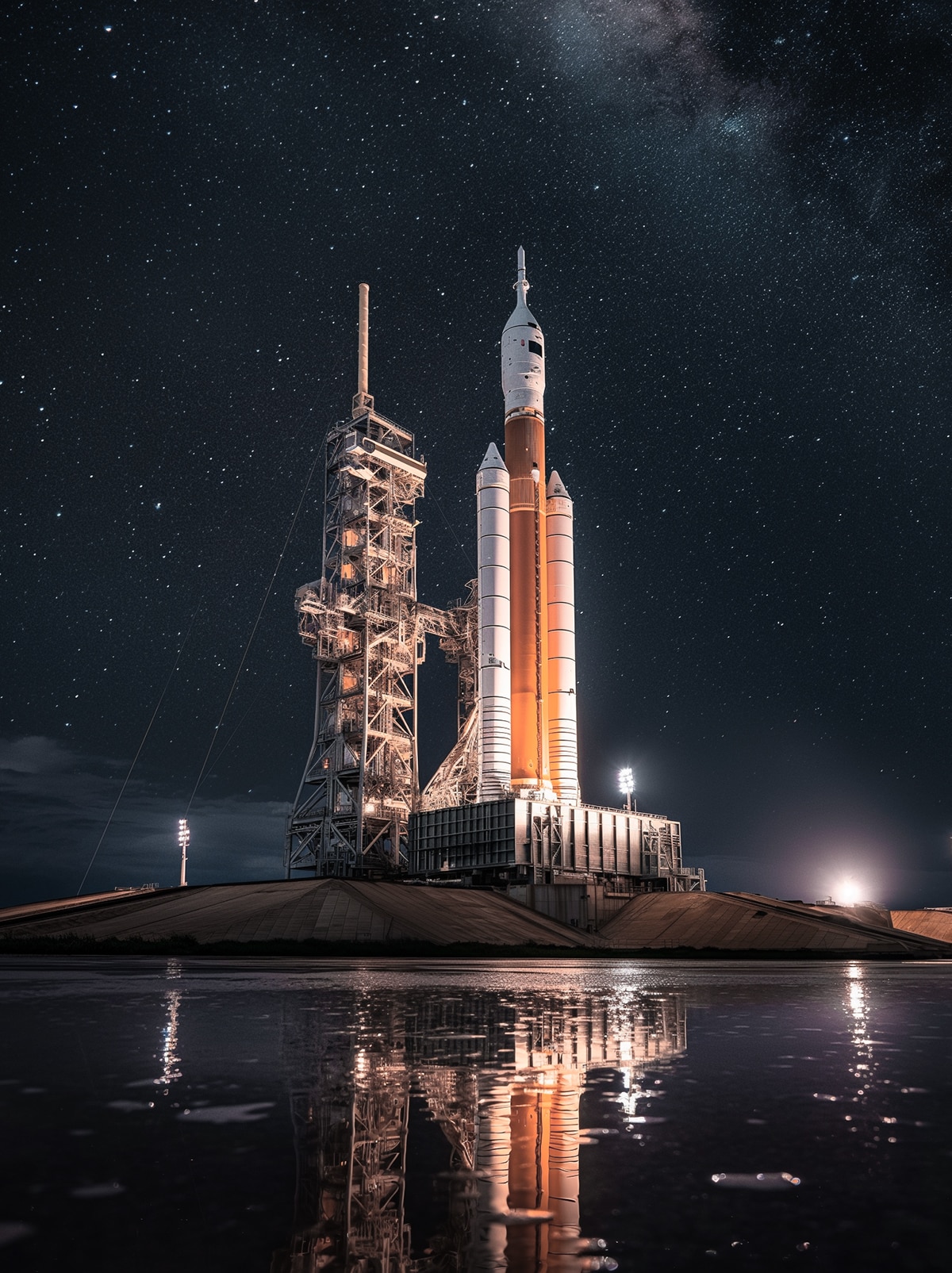
It all began in 2017 with the launch of NASA’s Artemis programme
The US space agency is targeting a specific area of the Moon – the South Pole – and has identified several objectives
PRIMARY OBJECTIVES
89.67°S
129.78°E
Why the South Pole?
The Moon is tilted on an axis, at an angle similar to its orbit. This means that at its South Pole, there are areas where communications with the Earth are uninterrupted, since they are not affected by the phases of the Moon (unlike at the lunar equator). In addition, the lunar South Pole is almost never in shadow and enjoys close to 100% sunlight, a major advantage for energy storage.
Another reason for focusing on this area of the Moon is the Shackleton crater, the rim of which lies directly on the South Pole. Named after the famous British explorer Ernest Shackleton, the landmark is a symbol of Humankind’s return to the Moon. Measuring approximately 4,000 meters deep and close to 20 kilometers wide, there are two key reasons why the crater is crucial to the Artemis programme:
On the surface, across a vast area around the crater, there is almost constant sunlight at altitude (such as on the Malapert Massif, a lunar mountain that peaks at 5,000 metres above its base).
At the bottom of the crater, a huge quantity of ice has been sitting for hundreds of millions of years.
Water and sunlight: vital for life on the Moon
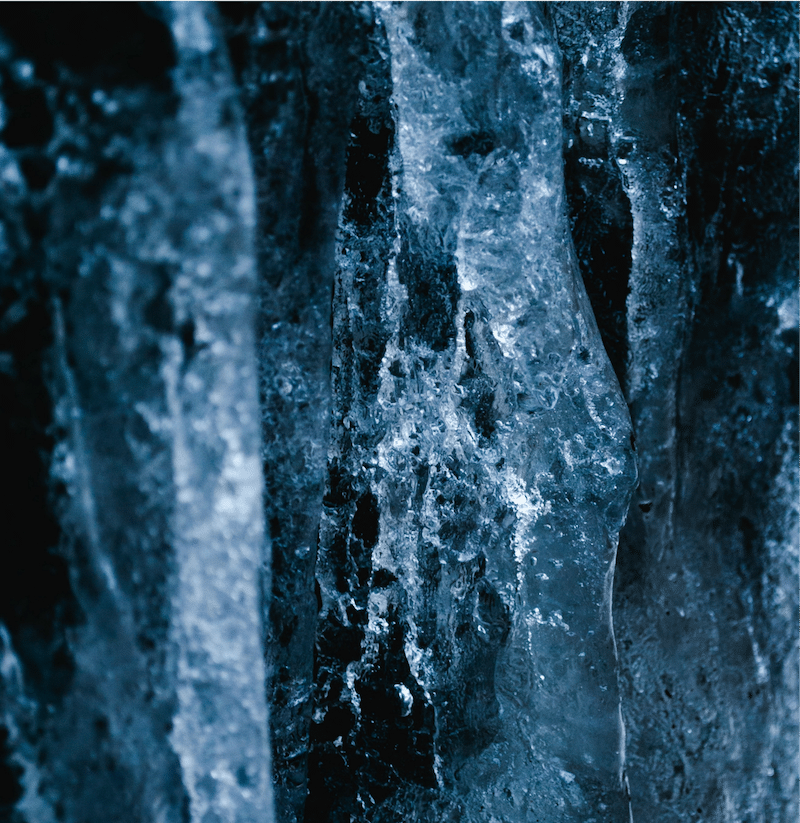
The astronauts will use the water present to grow plants. It will also be used for cooling electronics and potentially producing hydrogen and oxygen by electrolysis to make fuel, or simply to generate energy with fuel cells.
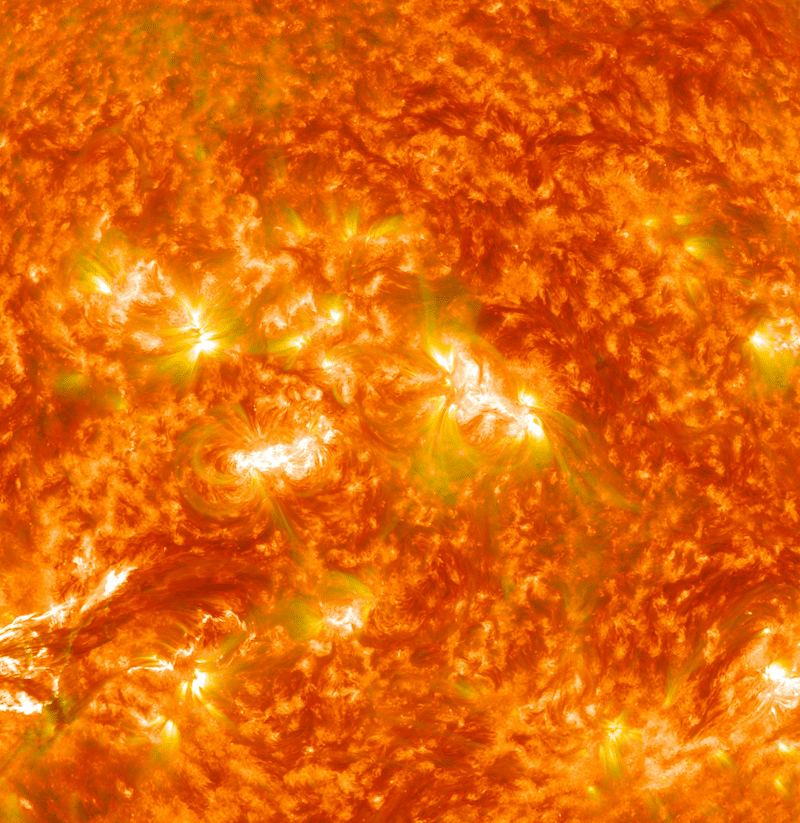
Solar panels will use the sunlight to generate electricity, which will then be stored in batteries. The sunlight will also ensure optimum living conditions for the astronauts.
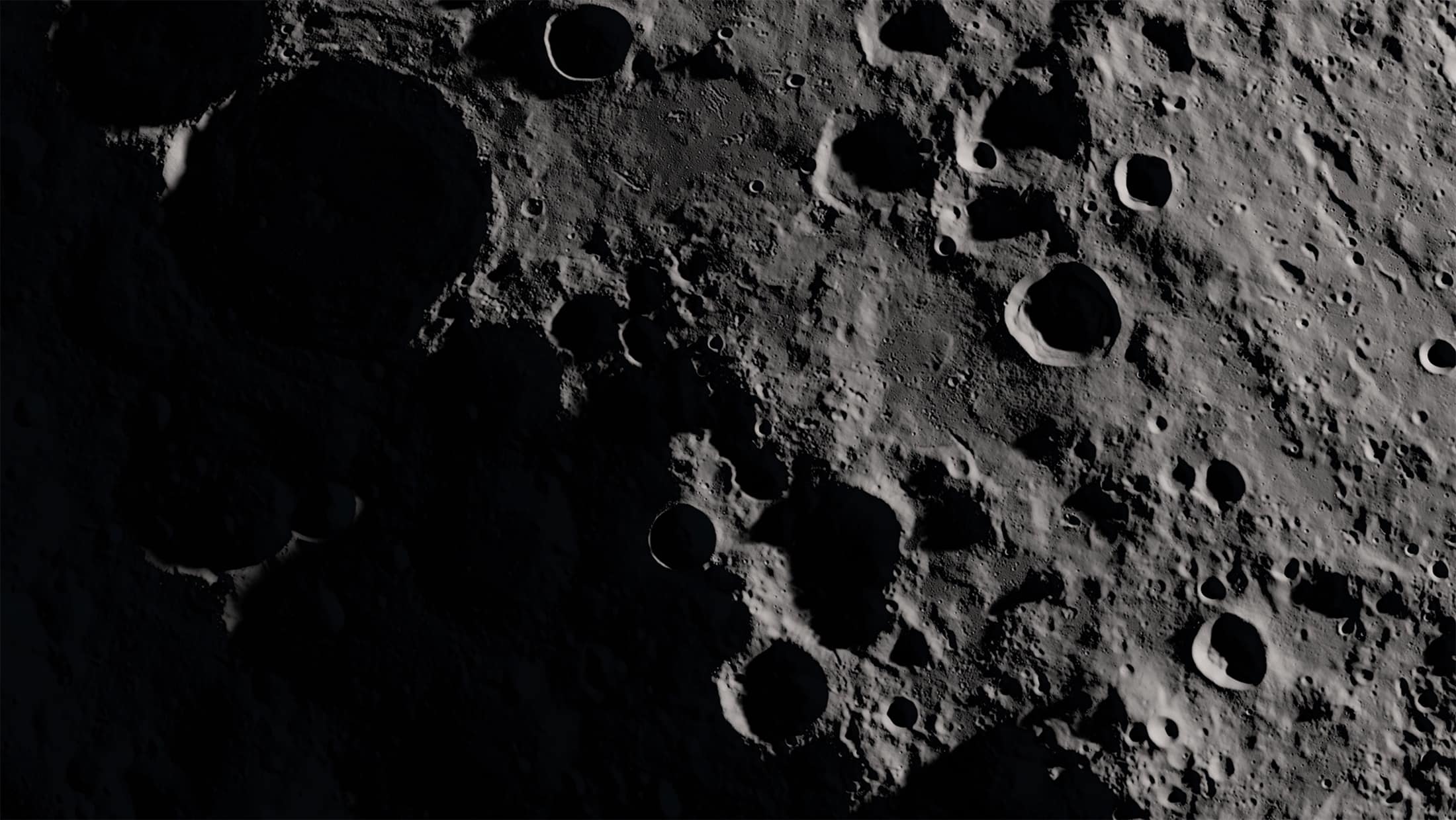
Why is a vehicle needed?
In 1971 and 1972, the LTV (Lunar Terrain Vehicle)
The LTV (Lunar Terrain Vehicle) enabled the Apollo 15, 16 and 17 astronauts to explore a larger area.
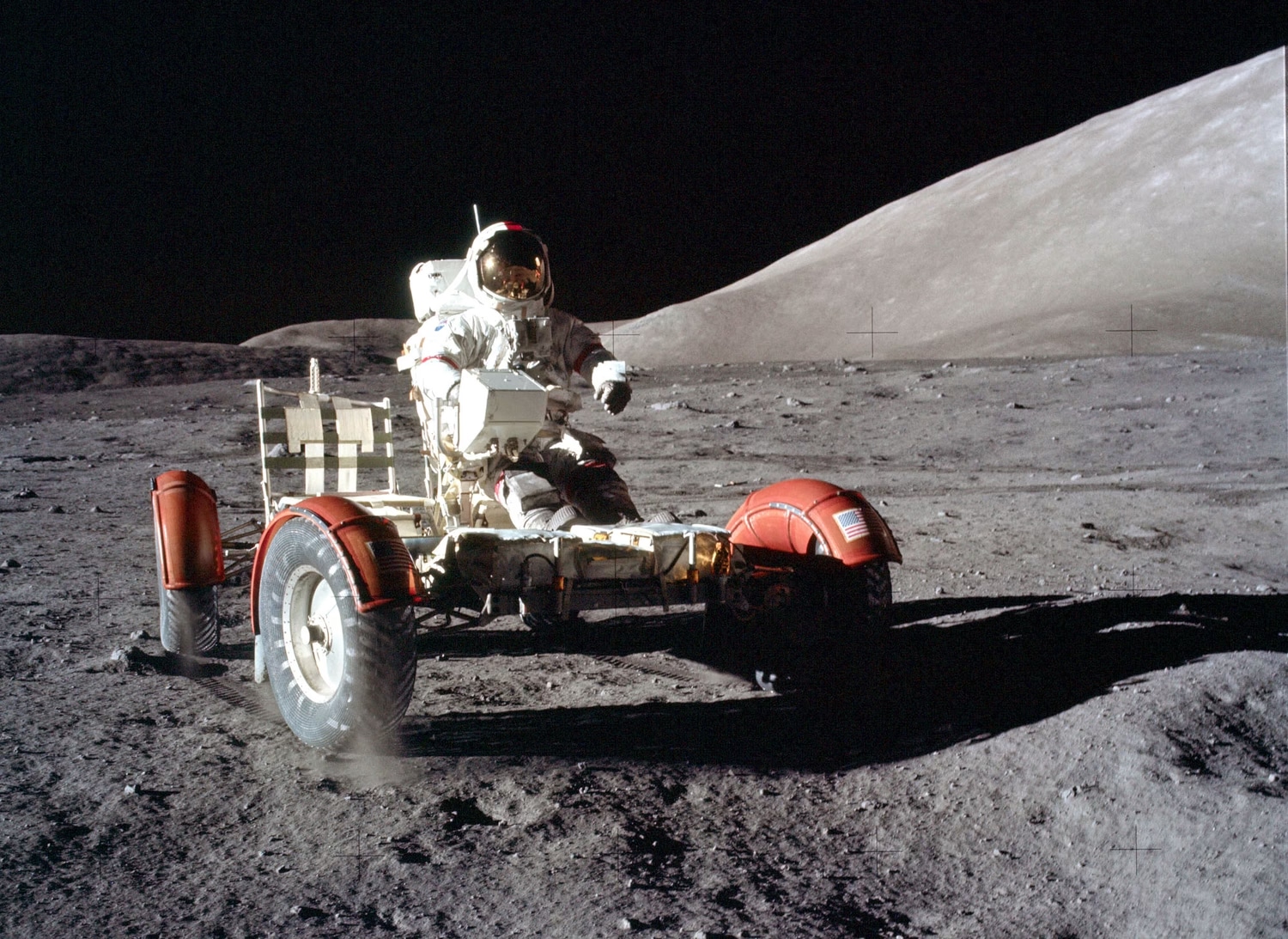
In 2029/2030, Venturi Astrolab's rover
The rover will, if selected by NASA, also carry astronauts. Unlike previous LTVs, it will also be capable of carrying a 1.5 tonne payload, including scientific instruments.
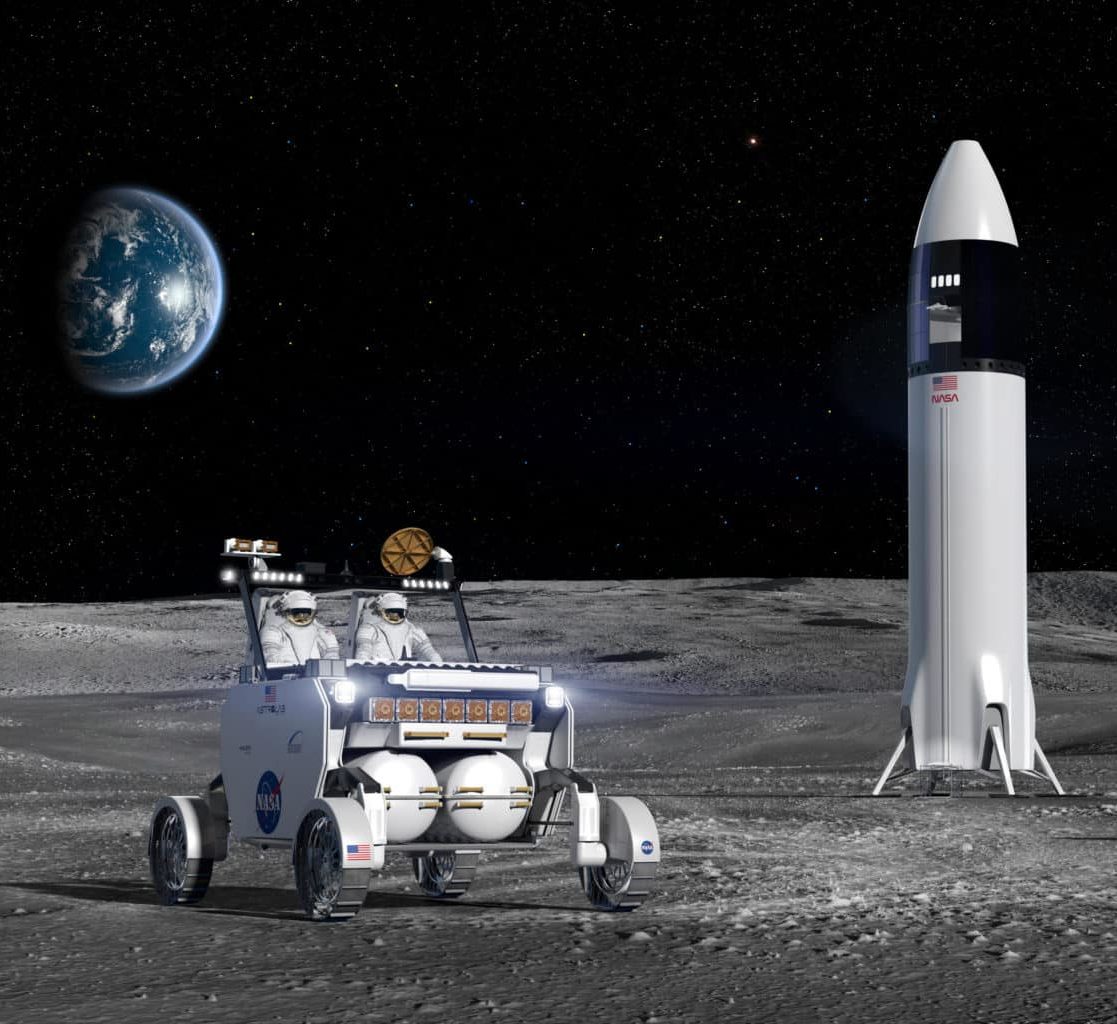
The Artemis mission LTVS will be highly useful
For covering the distance between the potential lunar landing areas and the Shackleton crater, ranging from 25 to 250 kilometres. The vehicles will also be used for exploration missions, transporting payloads, and building infrastructures.
If NASA selects the vehicle, it will spend 80% of its time on missions for the US space agency, and 20% on activities for clients of Venturi Astrolab, Inc.
Why is the rover already going to the Moon in 2027?
Separately from the NASA request for proposal, Venturi Astrolab Inc. has agreed a deal with SpaceX to deliver the astromobile to the lunar South Pole in 2027. SpaceX has been tasked by NASA with completing a successful lunar landing test, in preparation for the Artemis III mission that will send humans back to the Moon’s surface.
Controlled from Earth, the rover will deploy a payload in various locations around the South Pole on behalf of Venturi Astrolab, Inc.’s clients.
What challenges does the lunar South Pole pose?

